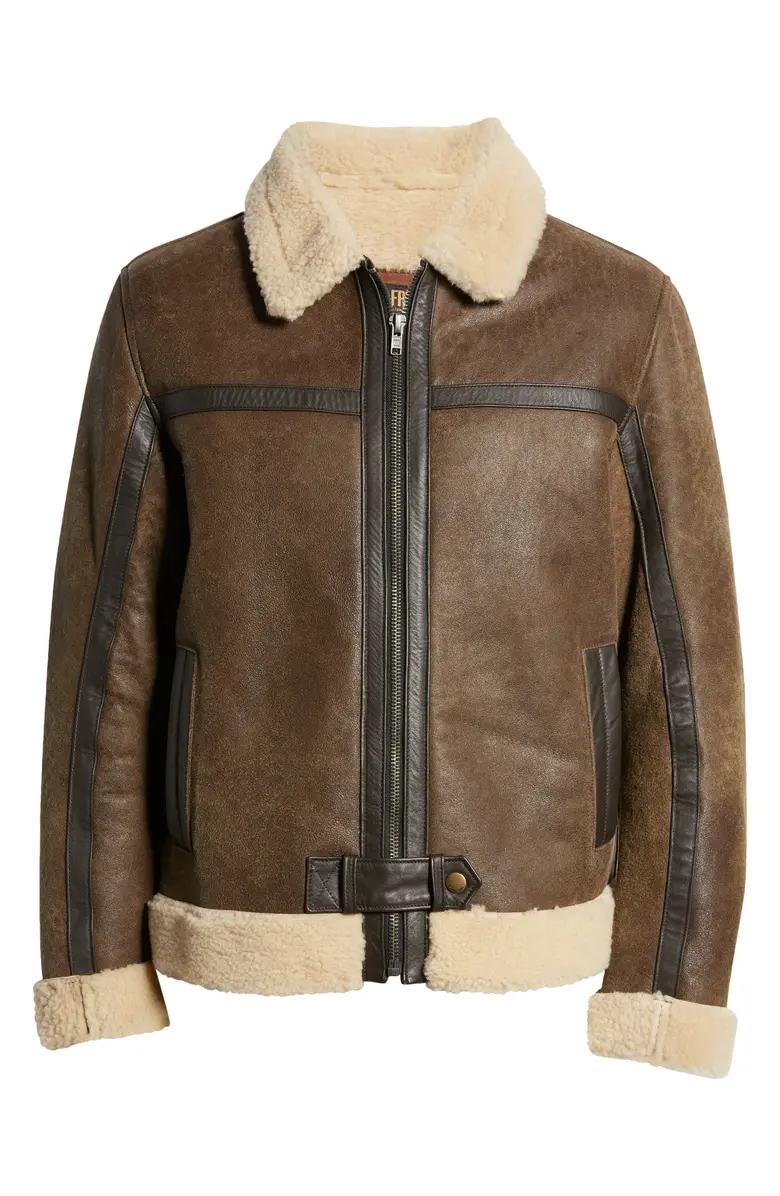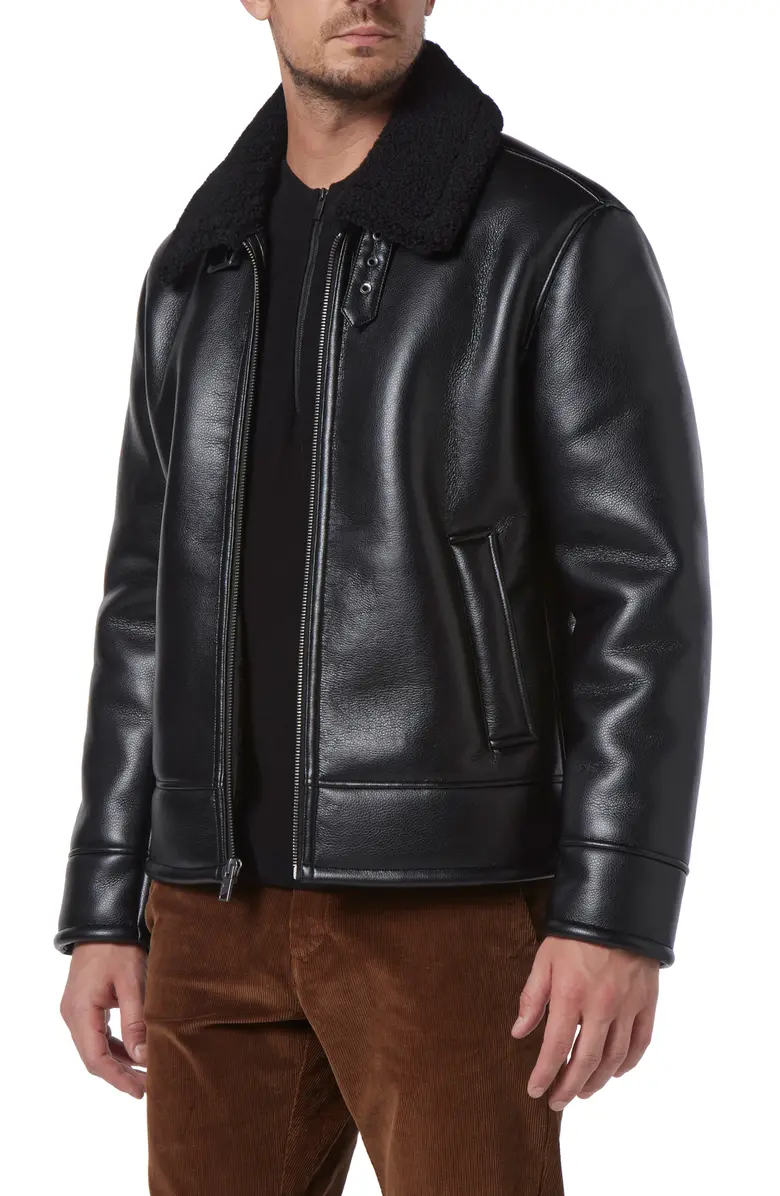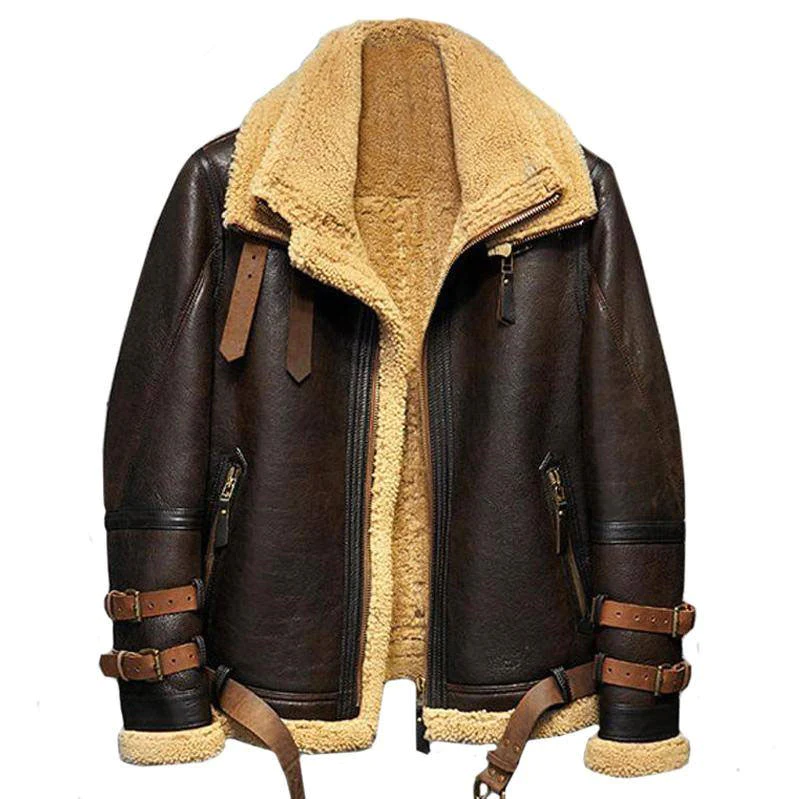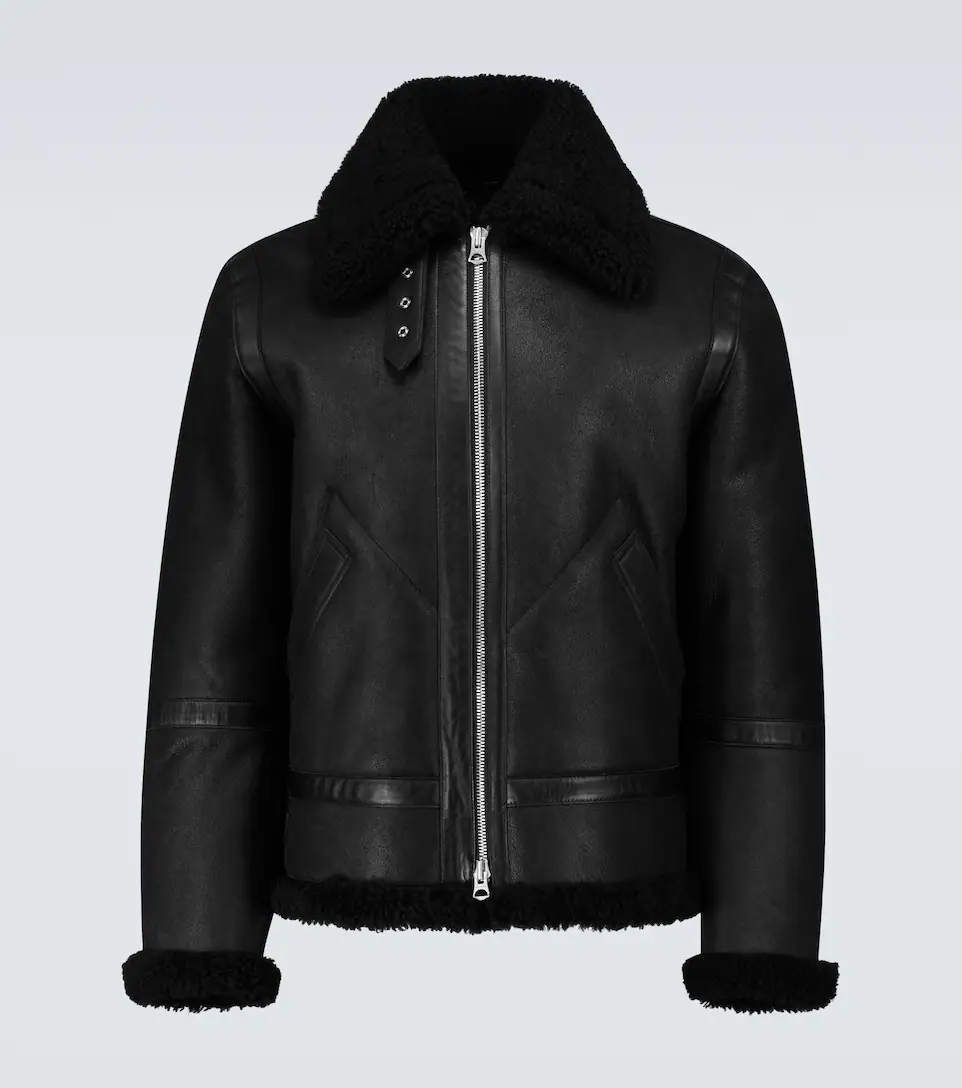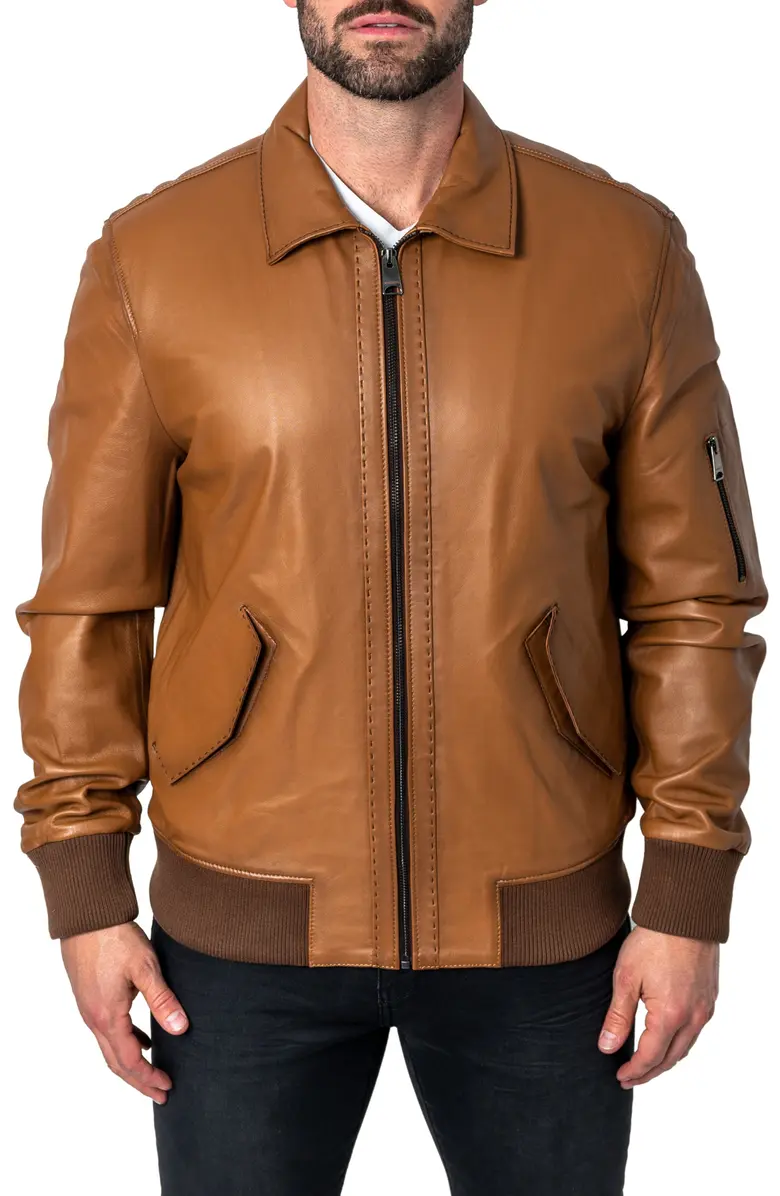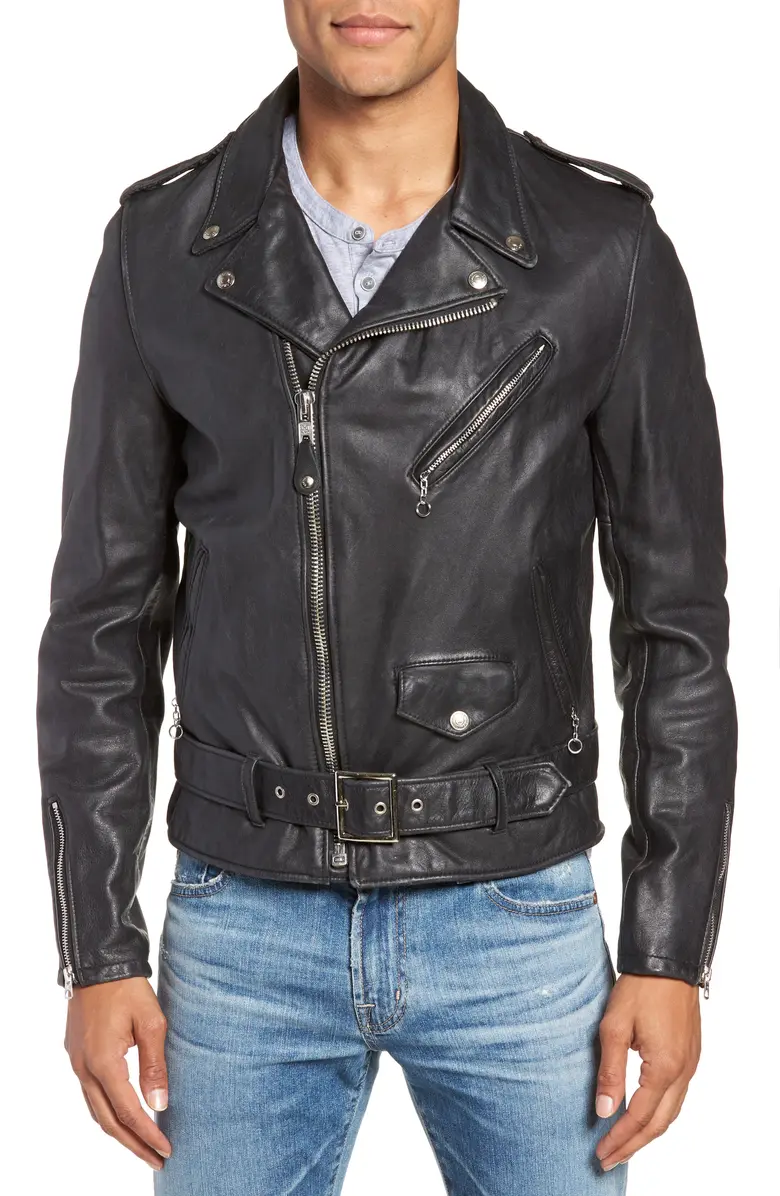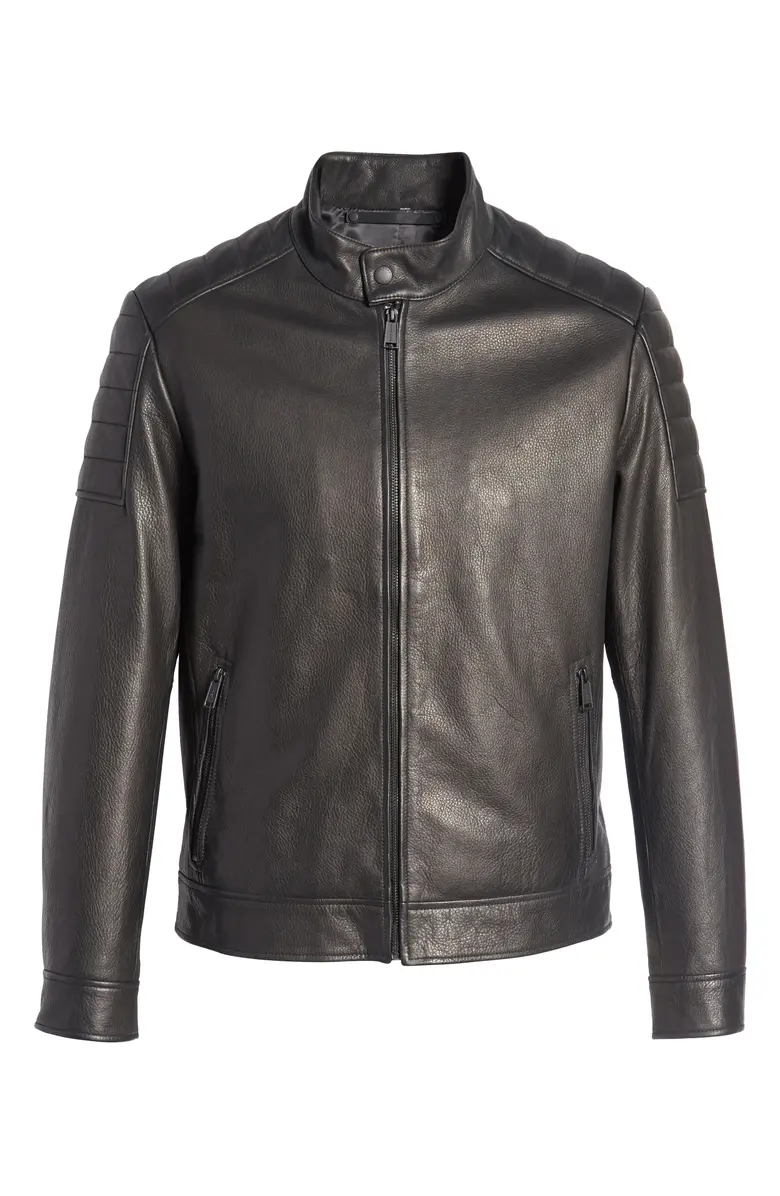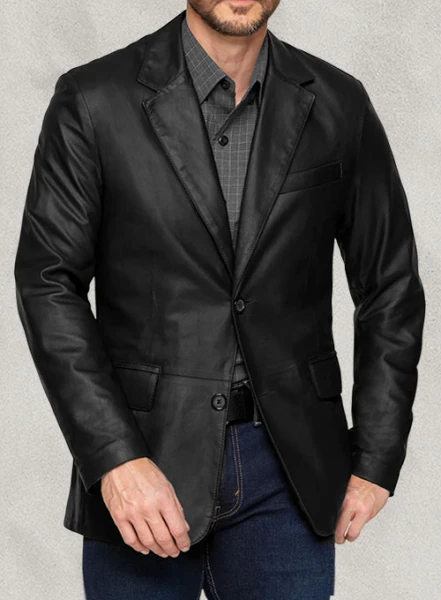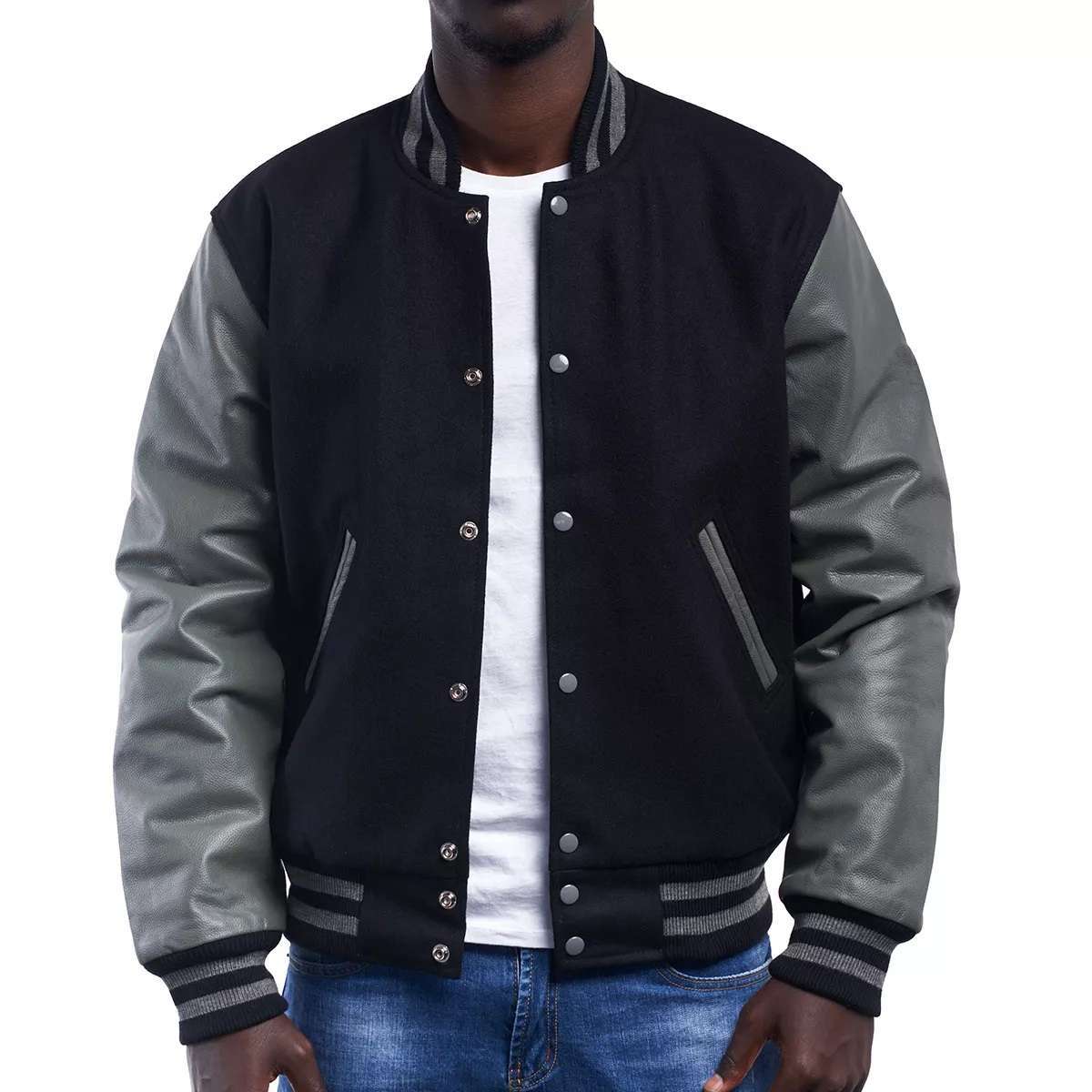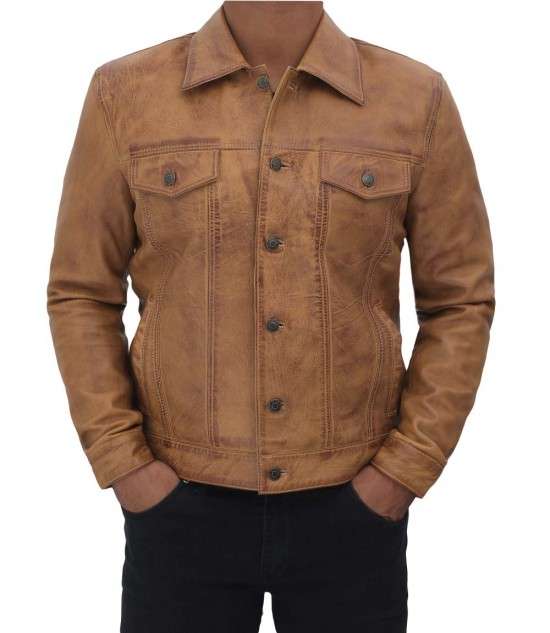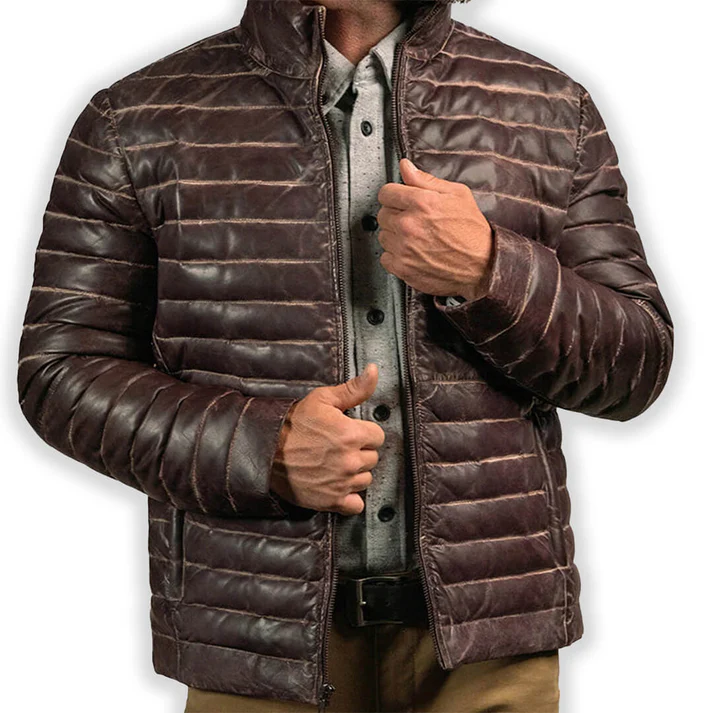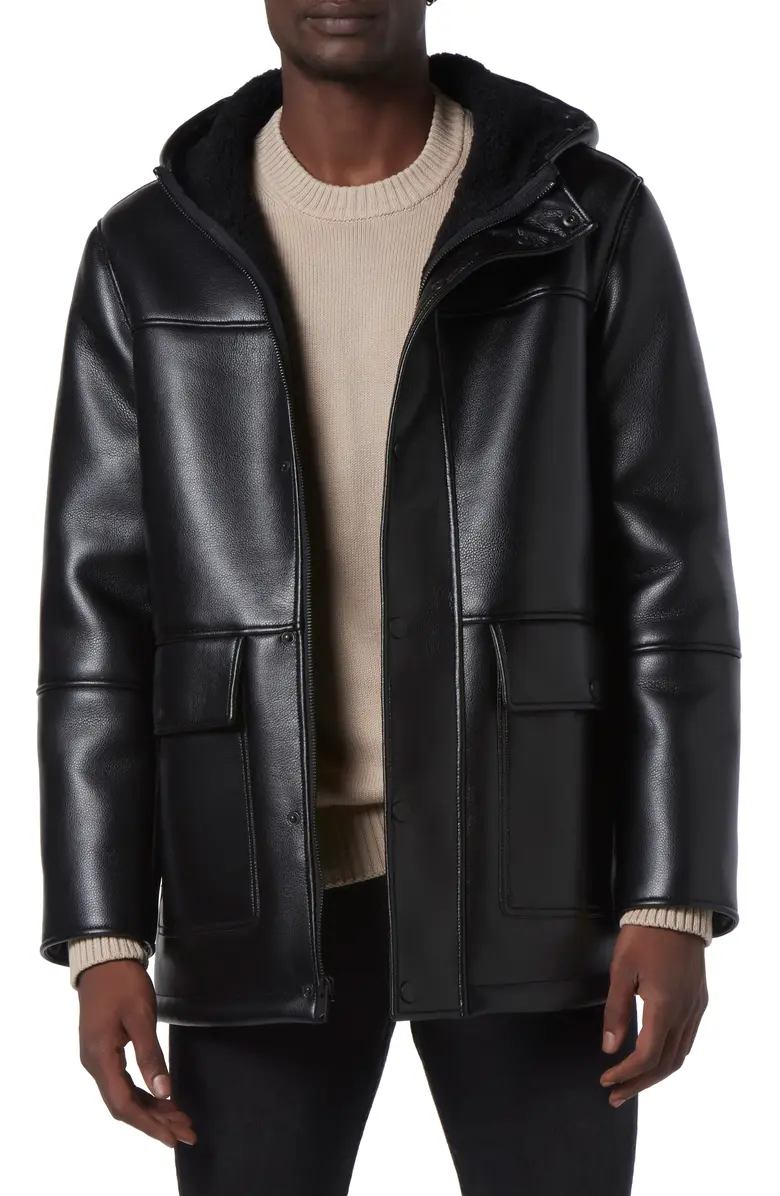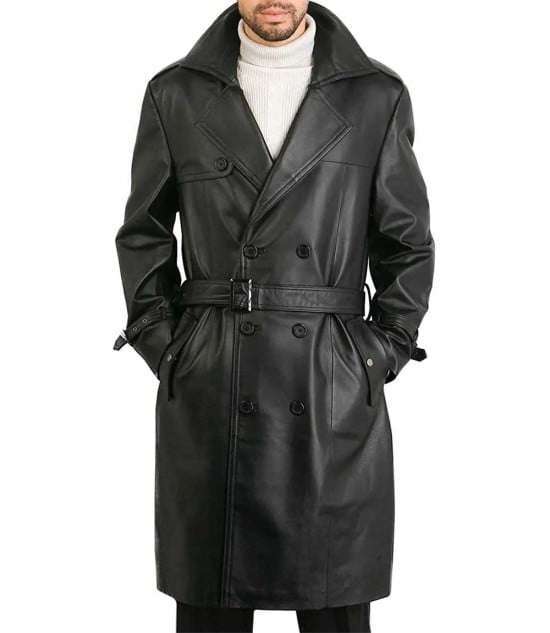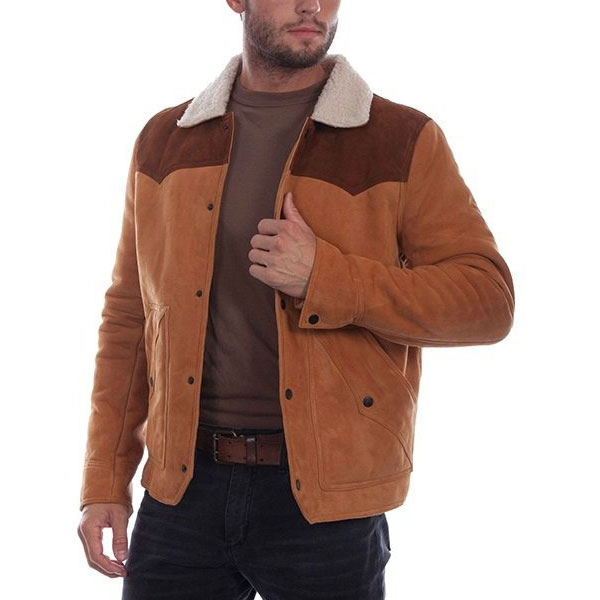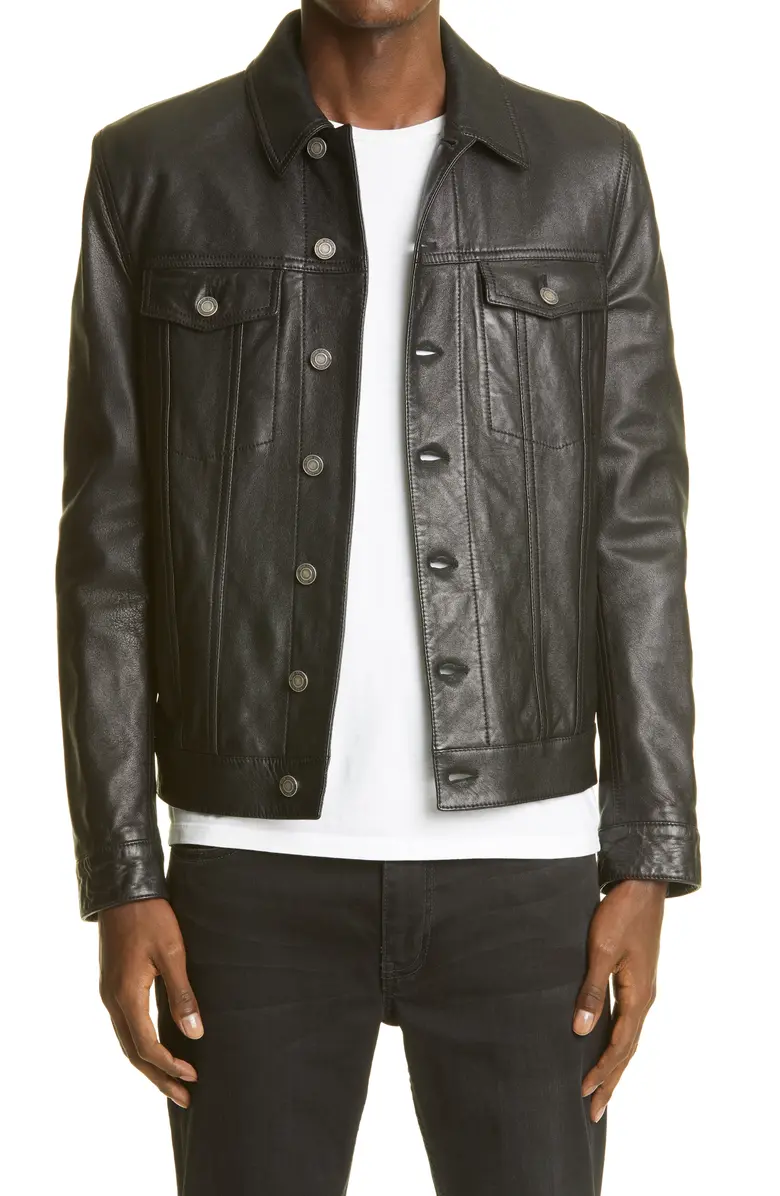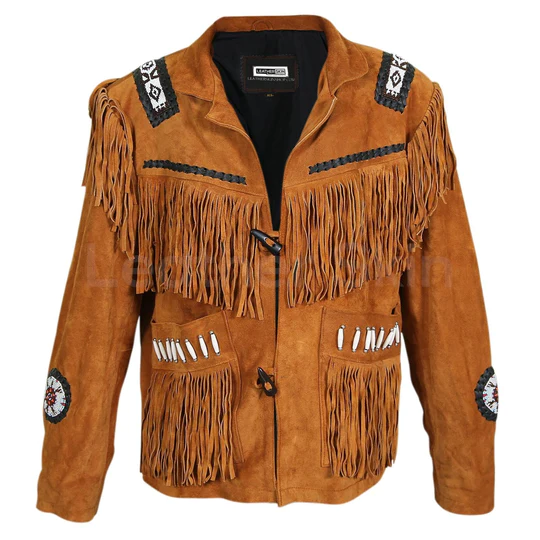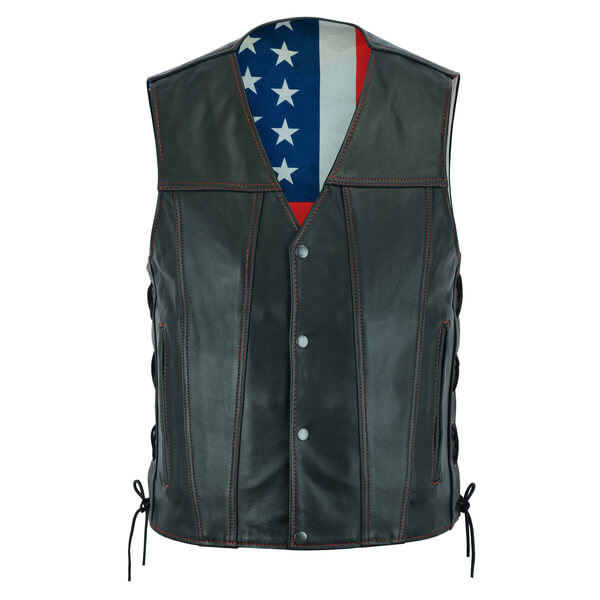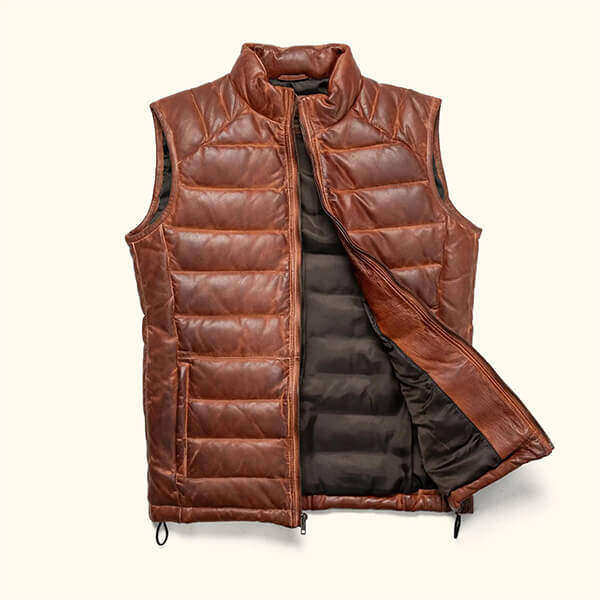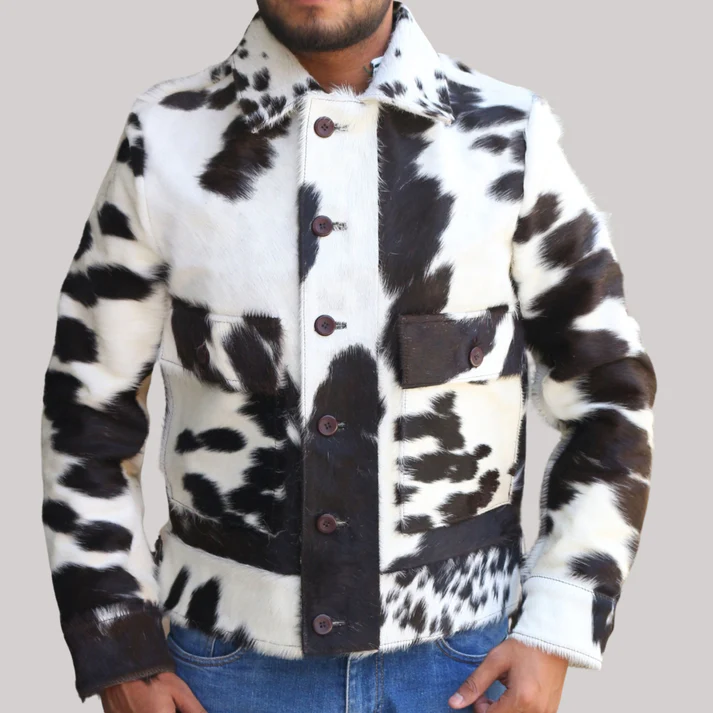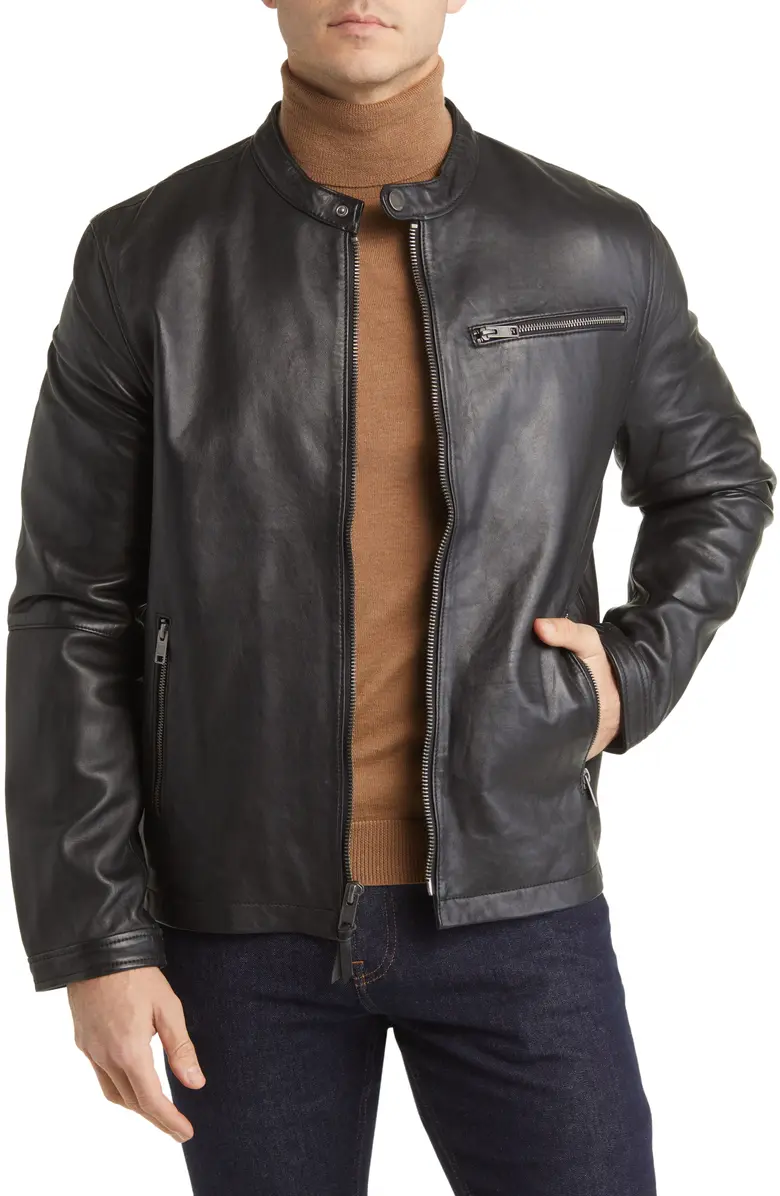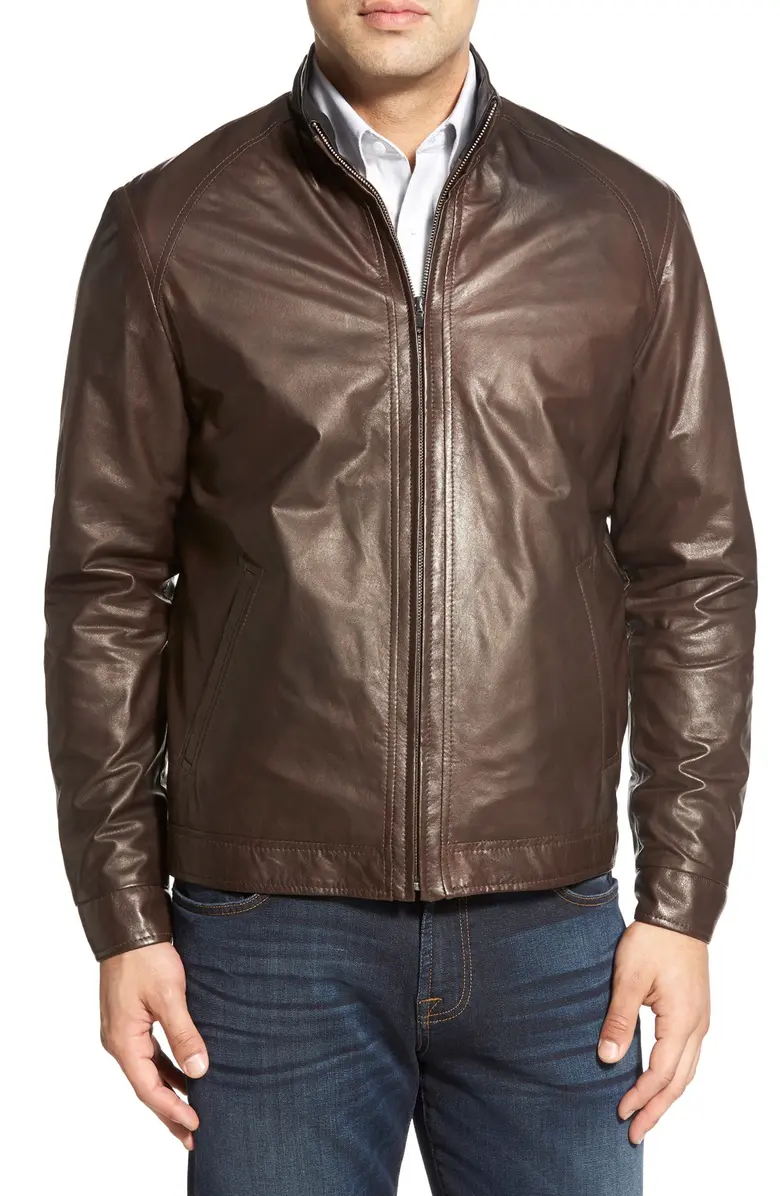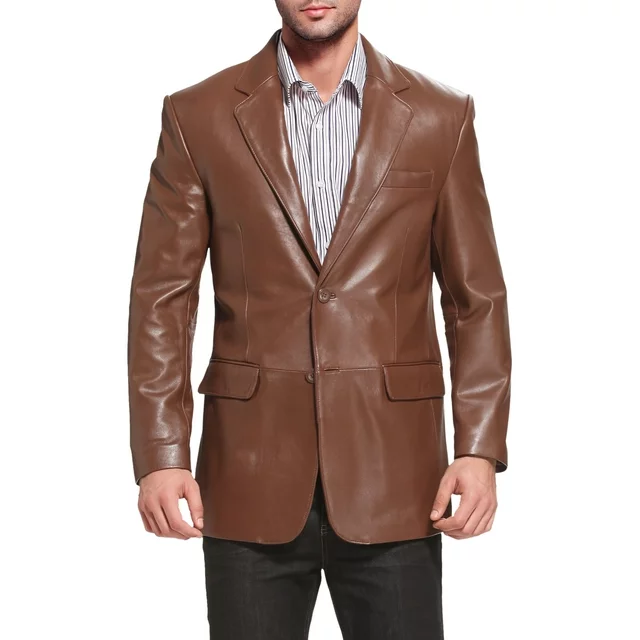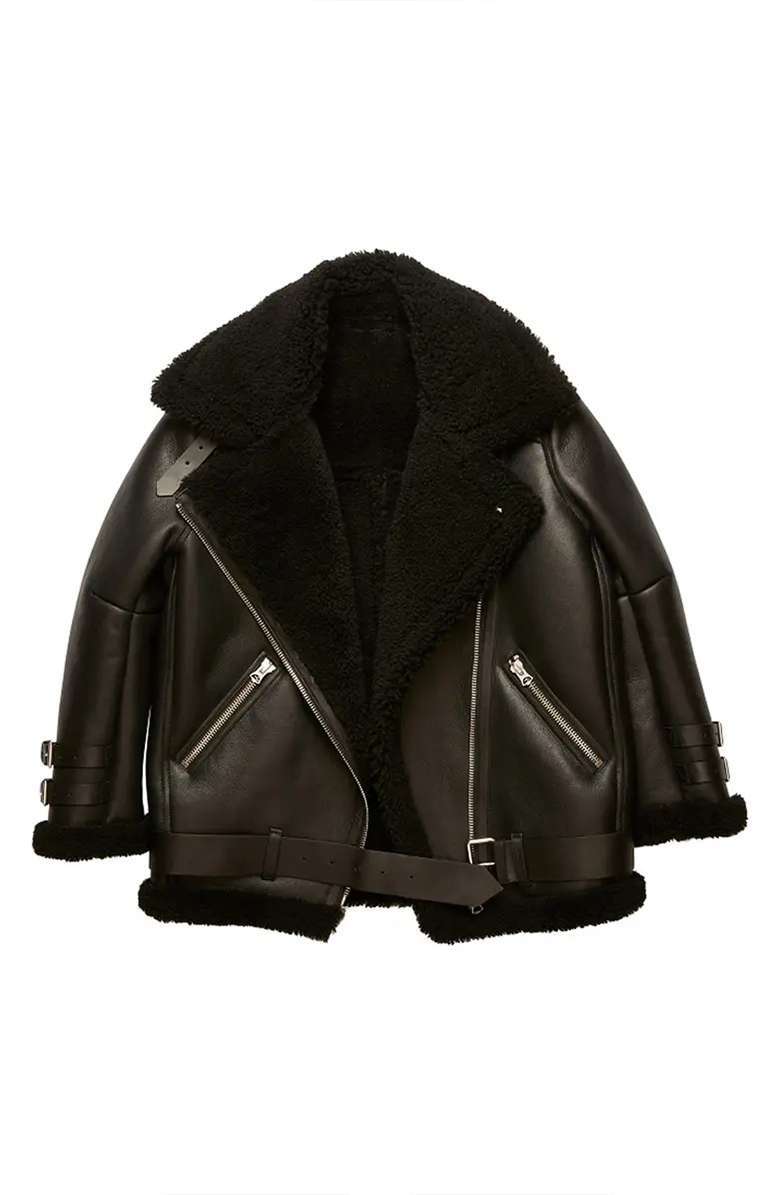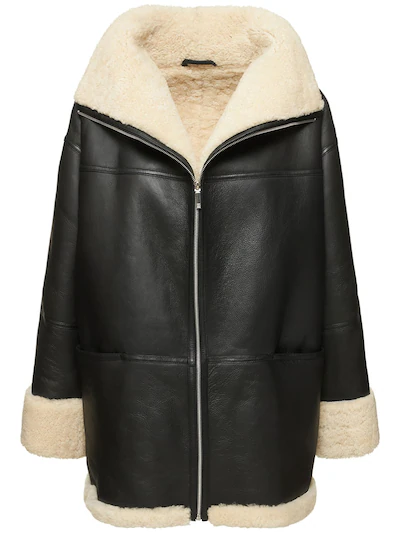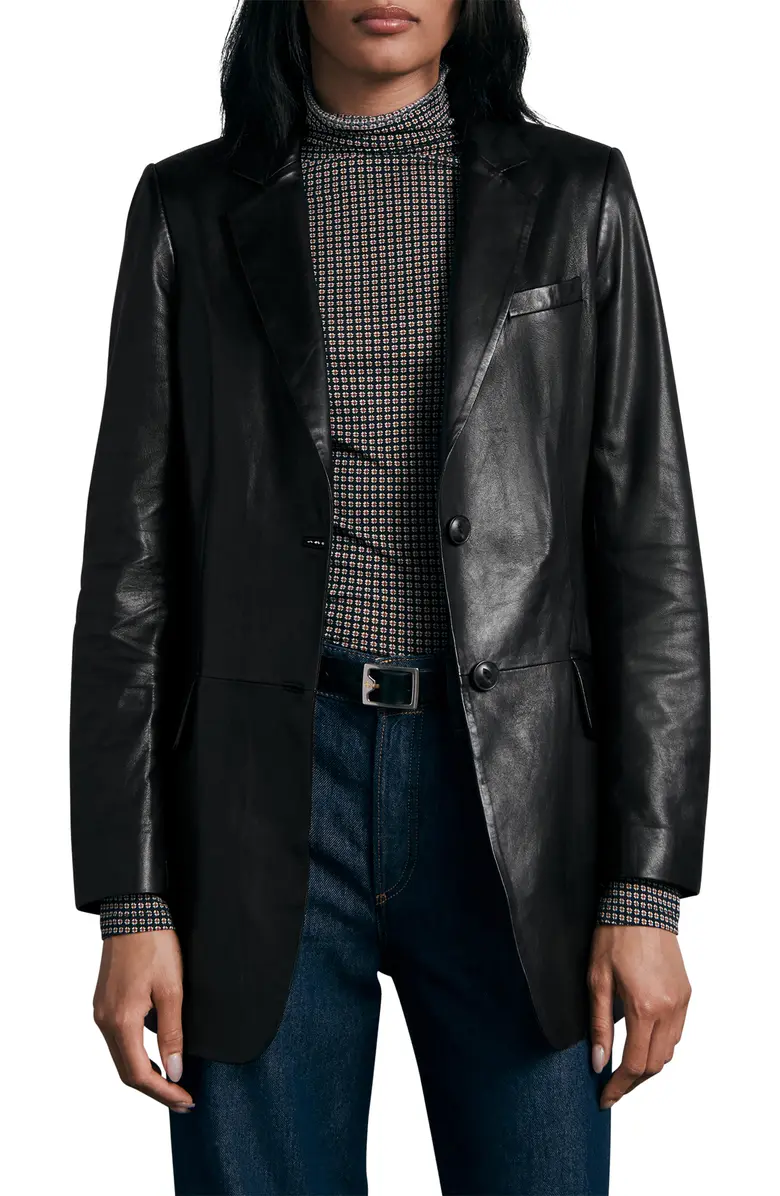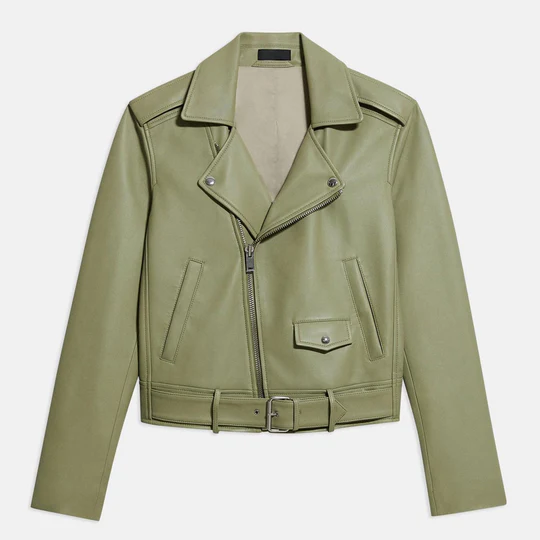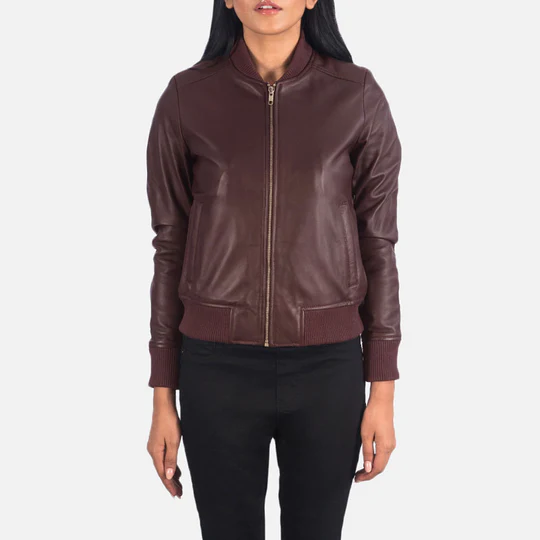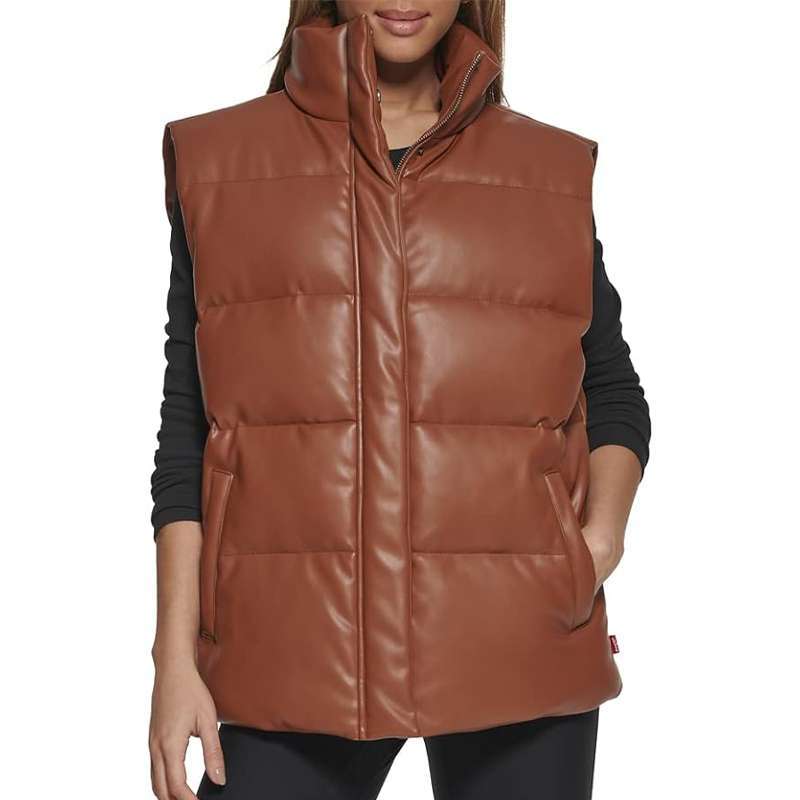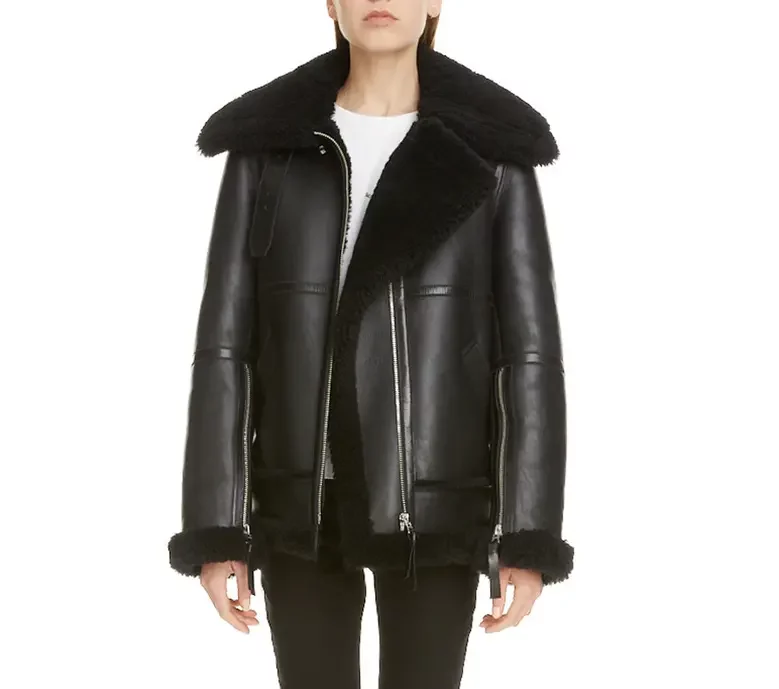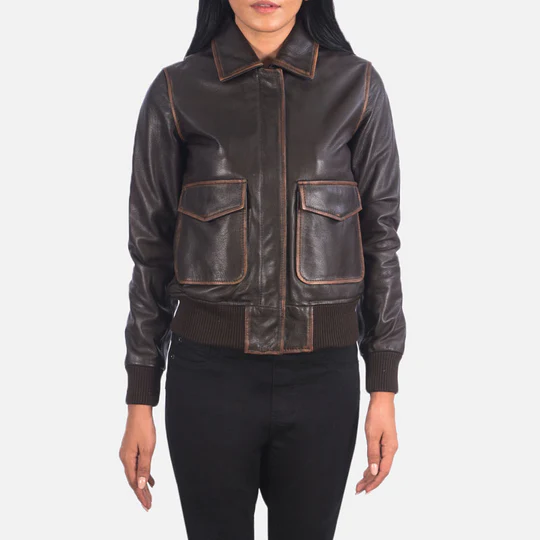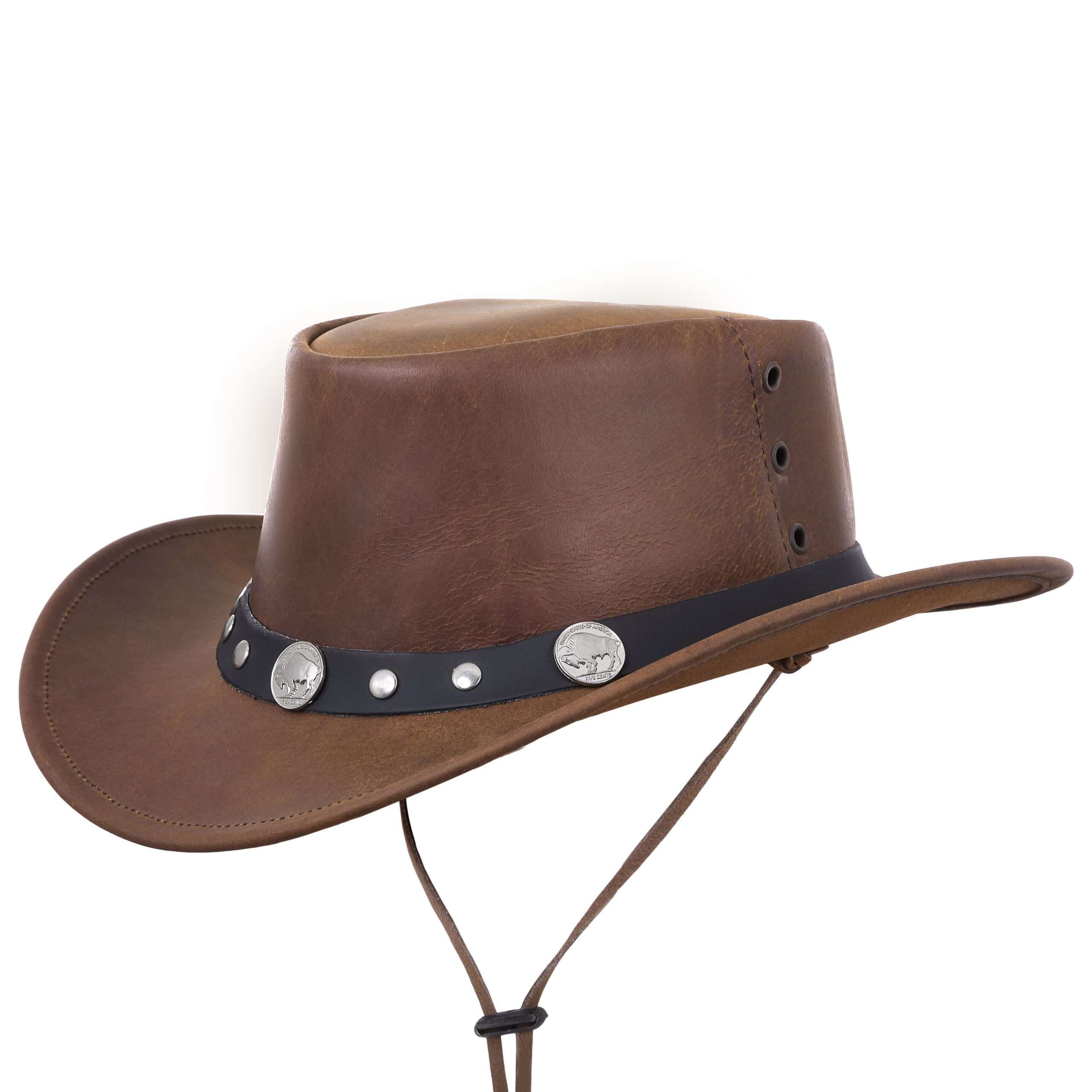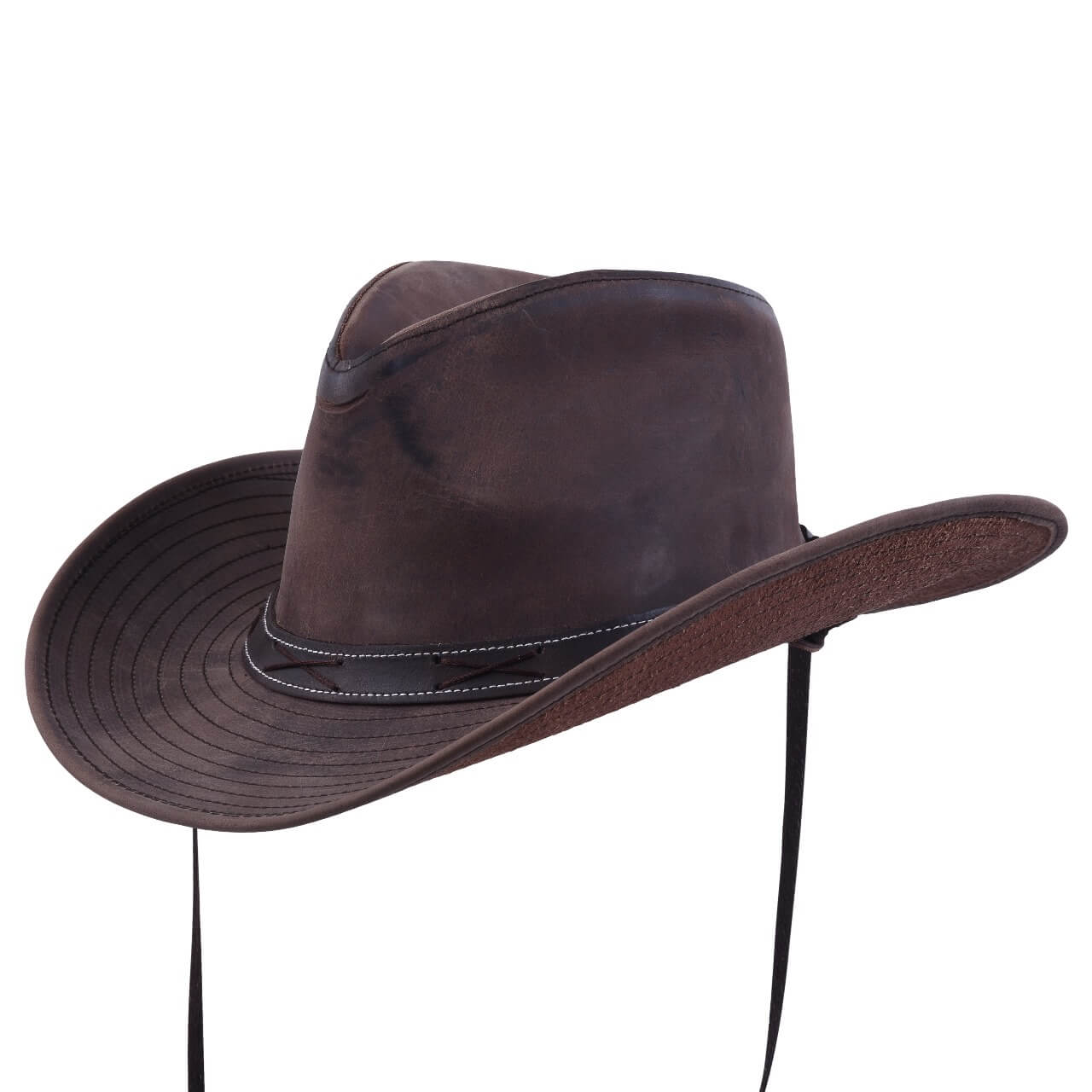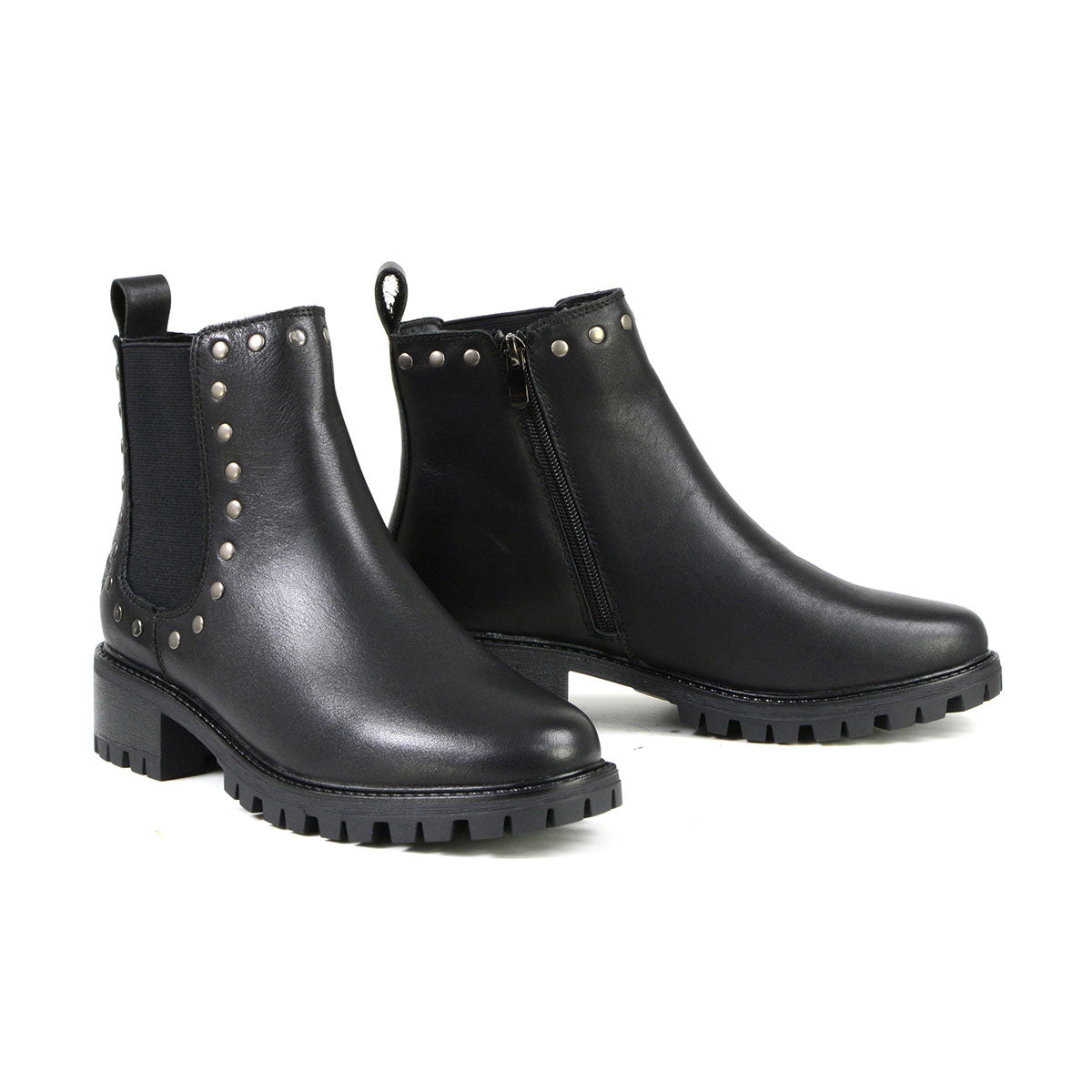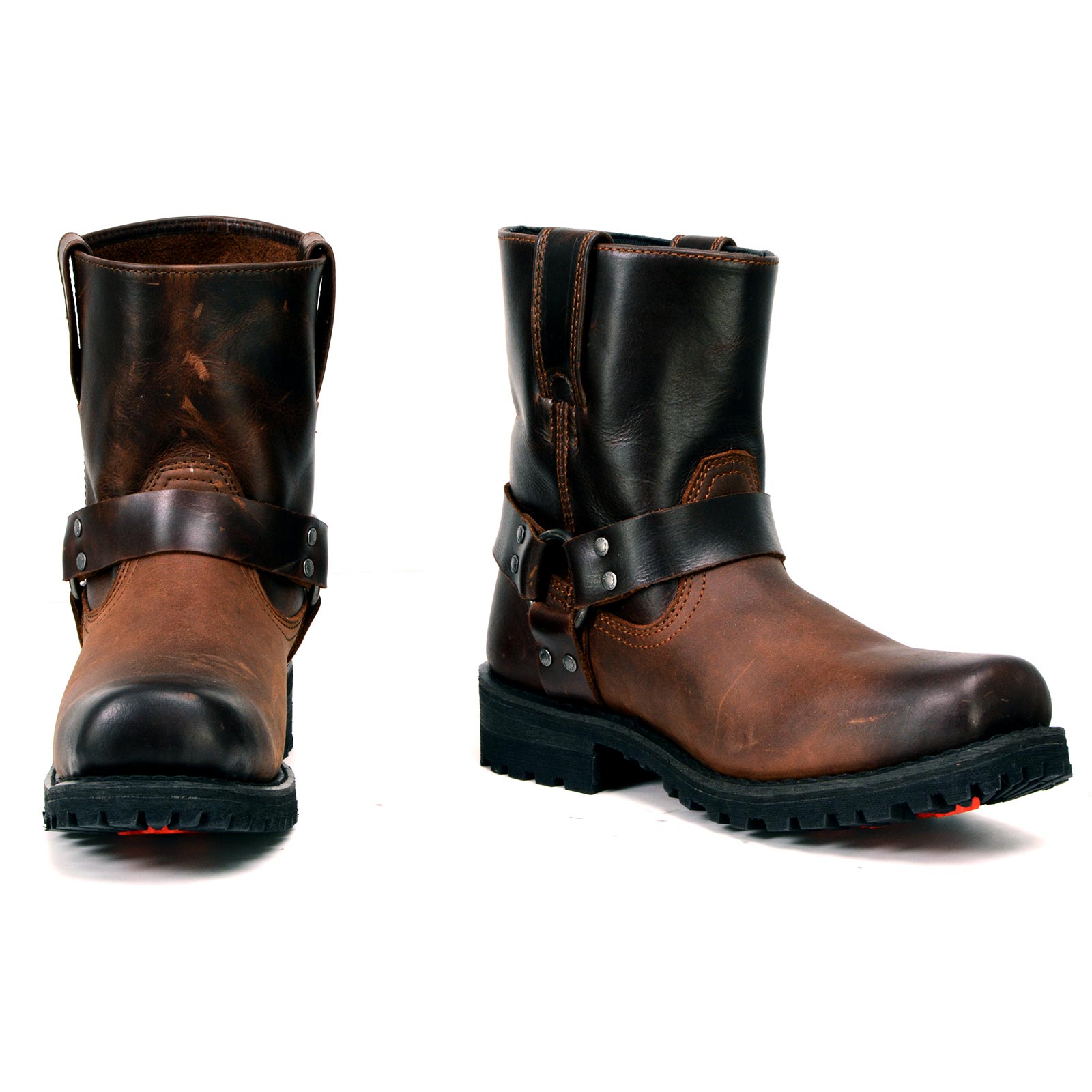Sherpa lined leather jackets have surged in popularity among fashion enthusiasts and practical outerwear seekers alike. Combining the rugged durability of genuine leather with the cozy warmth of sherpa lining, these jackets offer a unique blend of style and function. However, like any product, they come with their own set of advantages and drawbacks. In this comprehensive analysis, we explore the key pros and cons of sherpa lined leather jackets to help you make an informed decision.
Sherpa lining refers to a soft, wool-like fabric that mimics sheep’s fleece. When integrated into leather jackets, it provides added insulation and a plush interior that keeps wearers warm in colder conditions. The exterior is typically crafted from genuine or high-quality faux leather, which offers water resistance and wind protection, while the interior sherpa lining adds a layer of comfort.
Key Advantages
2.1 Exceptional Warmth and Insulation
One of the most compelling advantages of a sherpa lined leather jacket is its superior warmth. The thick sherpa lining traps body heat effectively, making these jackets ideal for:
-
Winter Commutes: Shielding against biting winds during early morning or late evening outings.
-
Outdoor Activities: Providing consistent insulation during hiking, camping, or other outdoor pursuits in cold climates.
The combination of leather’s wind-resistant properties and sherpa’s insulating abilities ensures that you stay warm and comfortable even in temperatures close to freezing.
2.2 Timeless Aesthetic Appeal
Leather jackets have long been synonymous with classic style and coolness. Adding sherpa lining elevates this aesthetic, offering a rugged yet sophisticated look. Key style benefits include:
-
Contrast Detailing: The cream-colored sherpa often peeks out at the collar, cuffs, and hem, creating a visually striking contrast against dark leather.
-
Versatile Color Options: Available in traditional black and brown leather, as well as modern hues like navy, burgundy, and olive.
This timeless appeal ensures that a sherpa aviator jacket remains a wardrobe staple for years, resisting the ebb and flow of seasonal trends.
2.3 Durability and Longevity
Leather is renowned for its durability. When properly cared for, a sherpa lined leather jacket can last:
-
Decades: High-quality leather develops a unique patina over time, adding character rather than wearing out.
-
Frequent Use: The robust exterior withstands abrasions, rain, and wind, while the sherpa lining holds up to regular wear without matting or thinning.
Investing in a well-made jacket can provide a long-term outerwear solution that outperforms many synthetic alternatives.
2.4 Versatility in Styling
Sherpa lined leather jackets are incredibly versatile and can be styled across various occasions:
-
Casual Wear: Pair with jeans and boots for a laid‑back yet polished look.
-
Smart Casual: Layer over a button‑down shirt and chinos to transition seamlessly from office to dinner.
-
Layering Piece: Use as an over‑layer atop hoodies or sweaters during the chilliest months.
This adaptability makes the jacket suitable for multiple contexts, reducing the need for separate pieces in your wardrobe.
Potential Disadvantages
3.1 Weight and Bulkiness
While sherpa lining enhances warmth, it also adds significant bulk and weight:
-
Heavier Feel: Sherpa lined jackets weigh more than unlined or quilt‑lined counterparts, which may impede mobility during extended wear.
-
Bulky Profile: The thick lining can create a boxy silhouette, potentially overwhelming your frame if not tailored properly.
For users seeking lightweight outerwear, the added heft might be a deterrent.
3.2 Maintenance Requirements
Leather and sherpa require specific care protocols to maintain their appearance:
-
Cleaning: Leather cleaning often involves specialized products and professional services, while sherpa may require gentle hand‑washing or spot cleaning to avoid matting.
-
Conditioning: Regular leather conditioning is crucial to prevent cracking, and improper cleaning of the sherpa lining can lead to uneven wear or discoloration.
Neglecting these maintenance steps can lead to premature aging of both the exterior leather and the interior lining.
3.3 Price Point Considerations
High‑quality sherpa lined leather jackets come with a premium price tag:
-
Material Costs: Genuine leather and authentic sherpa lining are more expensive than synthetic alternatives.
-
Craftsmanship: Durable stitching, reinforced seams, and quality hardware contribute to higher manufacturing costs.
While budget-friendly options exist, they often compromise on material quality and durability, undermining the jacket’s long‑term value.
3.4 Climate Limitations
Aviator jacket men excel in cooler climates, but may be impractical in:
-
Mild or Tropical Regions: Excessive warmth can lead to overheating in moderate temperatures.
-
Wet Conditions: While leather repels light rain, extended exposure to heavy moisture can damage both leather and sherpa, requiring careful weather consideration.
Individuals living in variable climates may find limited opportunities to wear these jackets comfortably year-round.
Balancing the Pros and Cons
When evaluating whether a sherpa lined leather jacket is right for you, consider the following factors:
-
Climate and Use Case
-
For consistently cold environments, the warmth advantage outweighs the weight drawback.
-
In transitional seasons, look for jackets with detachable sherpa liners to adapt to temperature changes.
-
-
Budget and Quality
-
Allocate funds toward reputable brands known for high‑grade leather and authentic sherpa.
-
Inspect seam quality, zipper robustness, and lining thickness to ensure value for money.
-
-
Maintenance Commitment
-
Factor in the cost and effort of professional leather care services.
-
Establish a cleaning and conditioning routine to preserve both the leather exterior and the sherpa interior.
-
-
Styling Preferences
-
Assess your wardrobe: if you need a versatile piece that pairs well with multiple outfits, the timeless aesthetic is a significant benefit.
-
For minimalist wardrobes, a single well‑crafted sherpa lined jacket can replace multiple lesser coats.
-
By aligning your personal needs with the jacket’s characteristics, you can maximize comfort, style, and longevity.
Conclusion
Sherpa lined leather jackets strike an appealing balance between robust durability, classic style, and cozy warmth. Their advantages—exceptional insulation, timeless aesthetic, longevity, and styling versatility—make them a compelling choice for those in colder climates and fashion-conscious individuals. However, the weight, maintenance requirements, price, and climate-specific limitations warrant careful consideration.
Ultimately, the decision hinges on your specific requirements: if you value a jacket that will last years, turn heads, and keep you comfortable in harsh weather, a high‑quality sherpa lined leather jacket is a worthy investment. Conversely, if you prioritize lightweight, low‑maintenance outerwear for milder climates, exploring alternative styles may better suit your lifestyle.
Assess your priorities, budget, and care commitment to determine whether the pros outweigh the cons for your unique situation.
